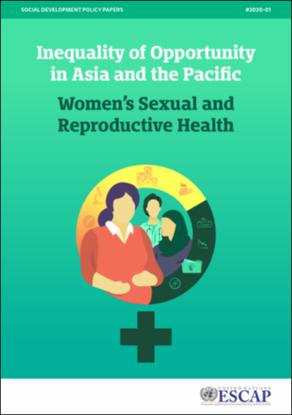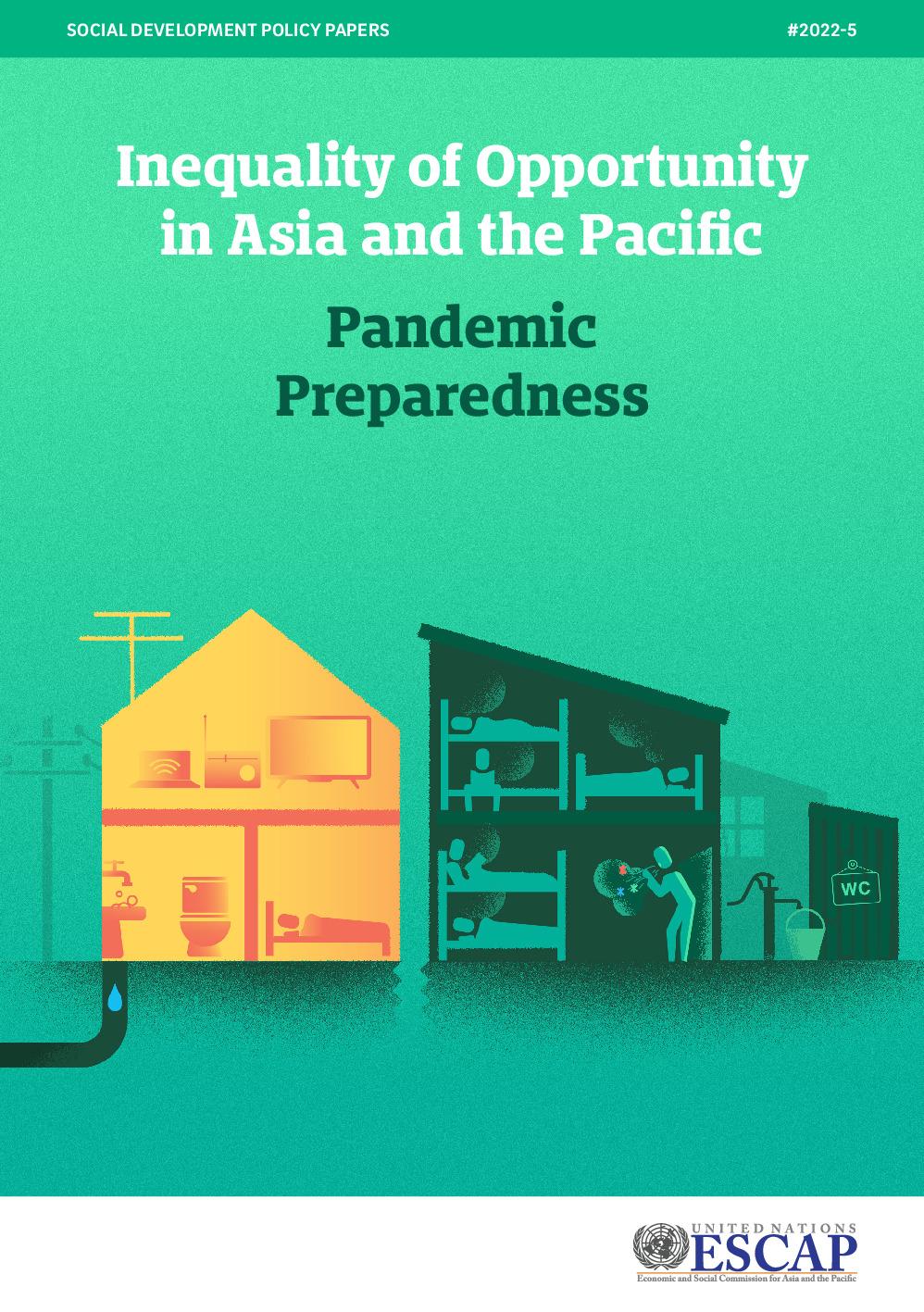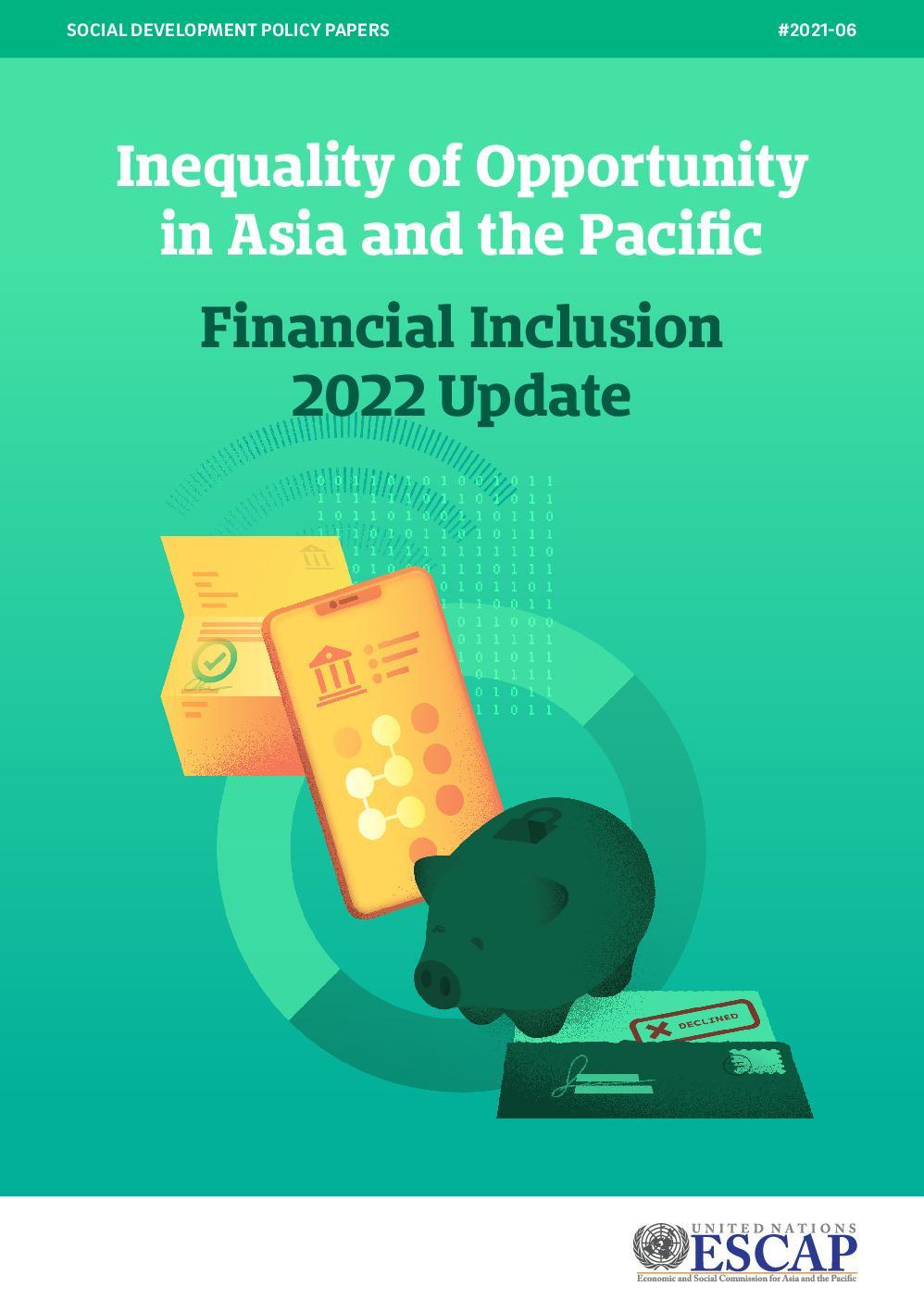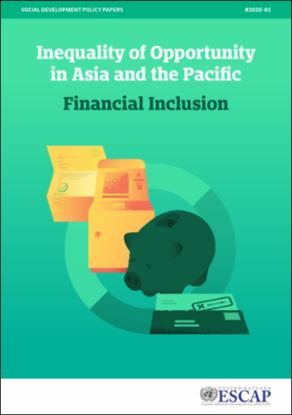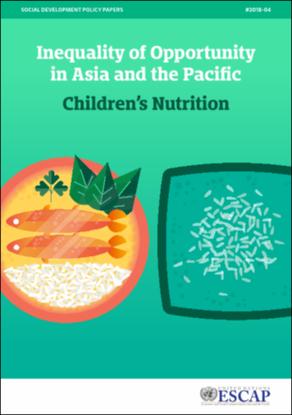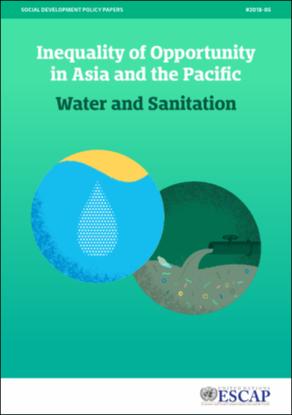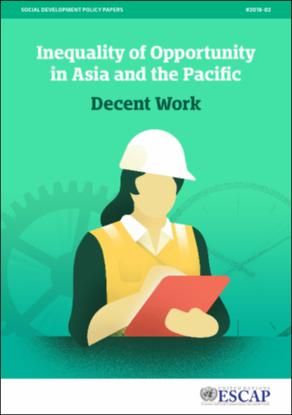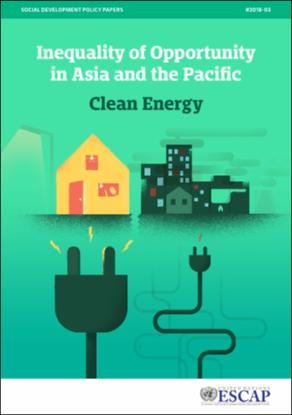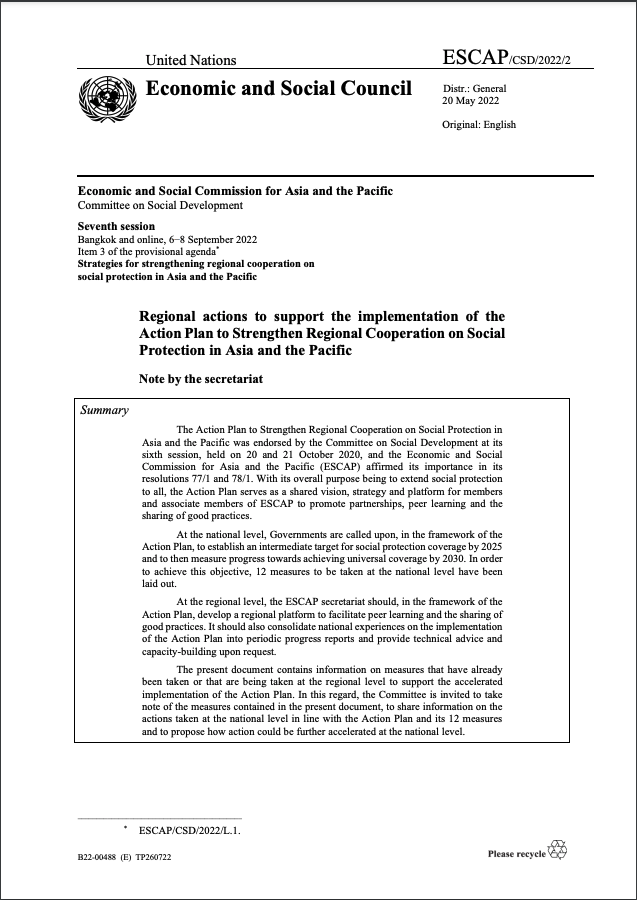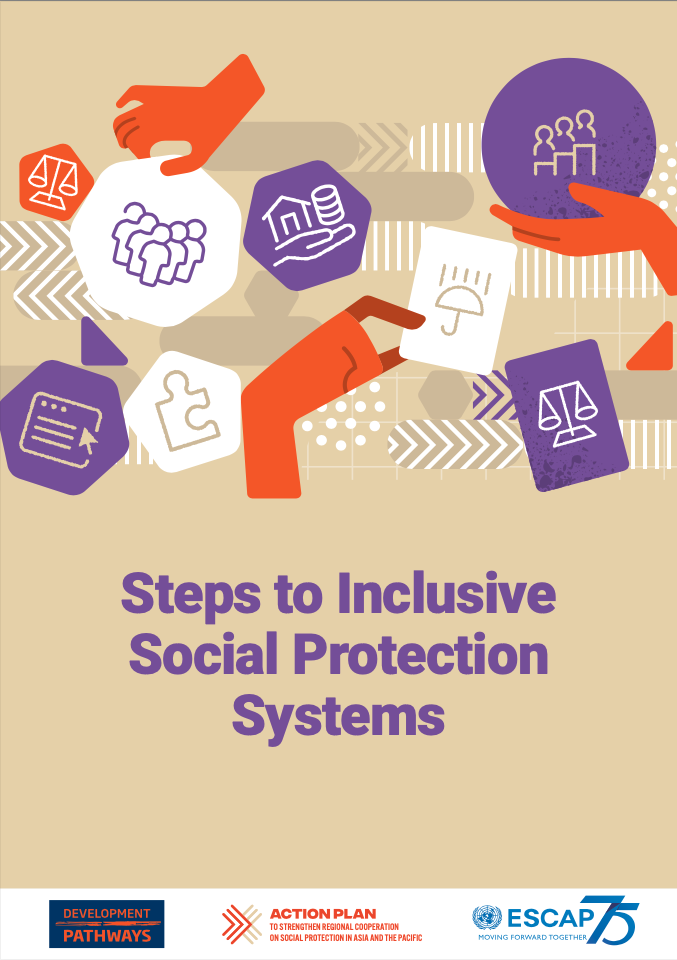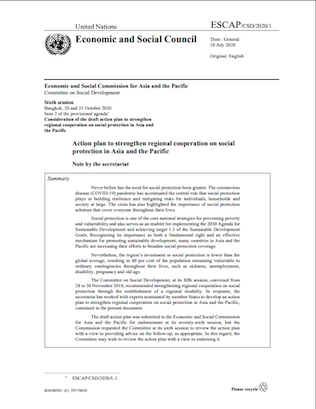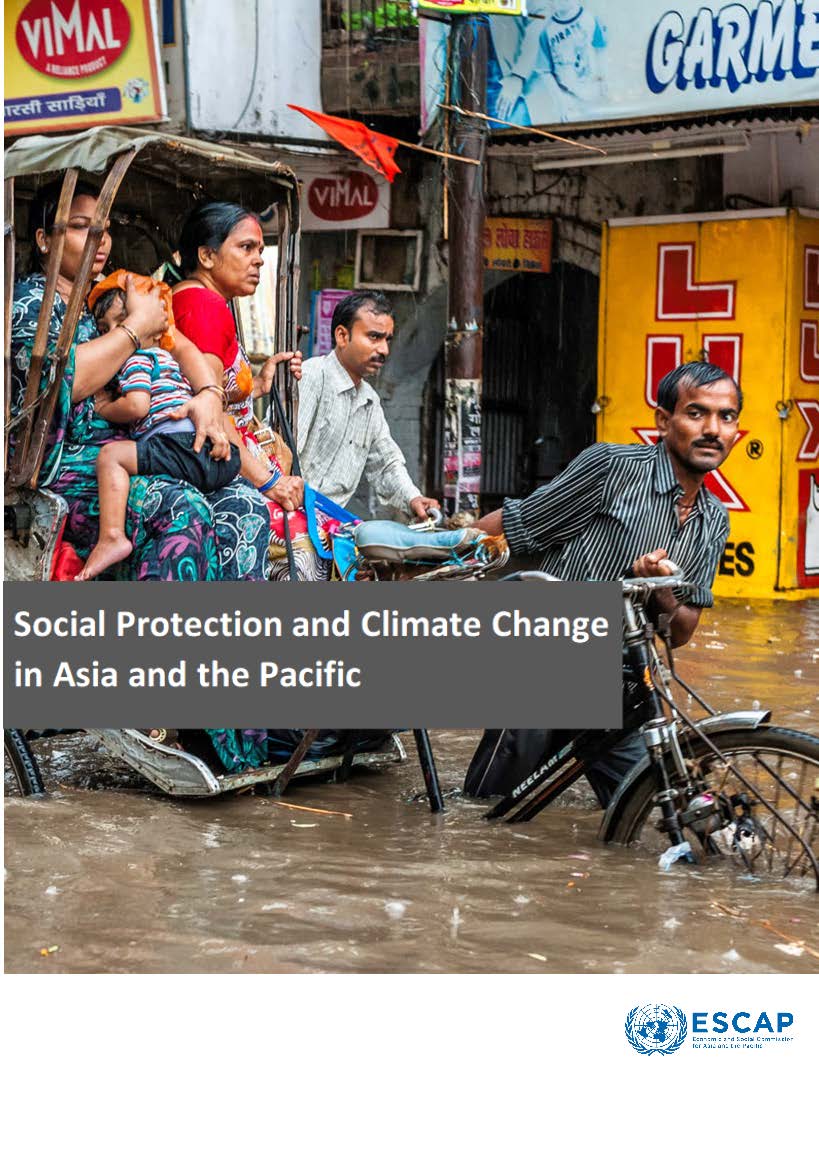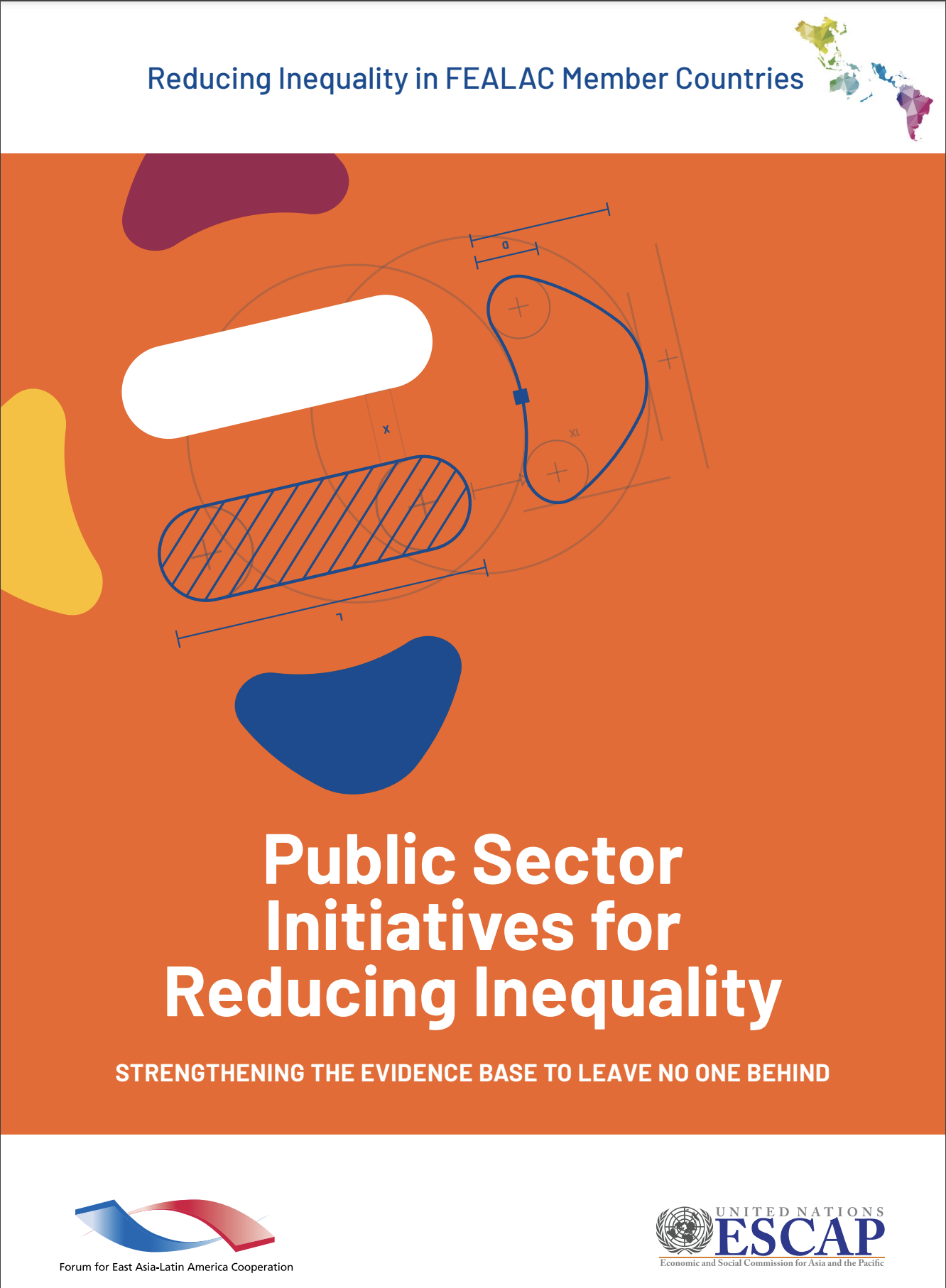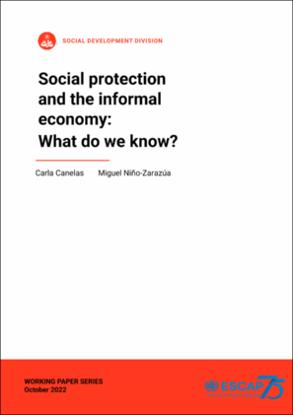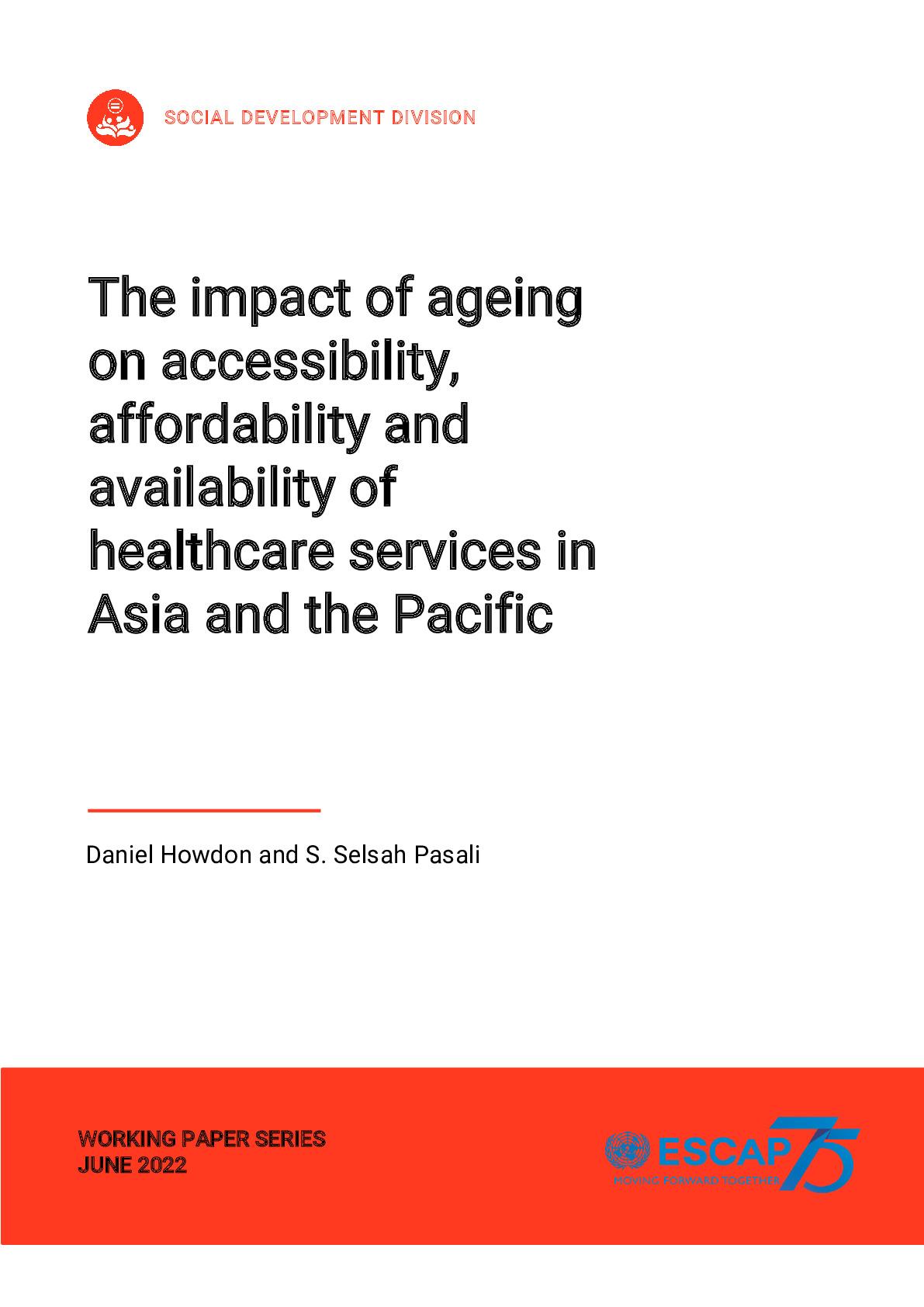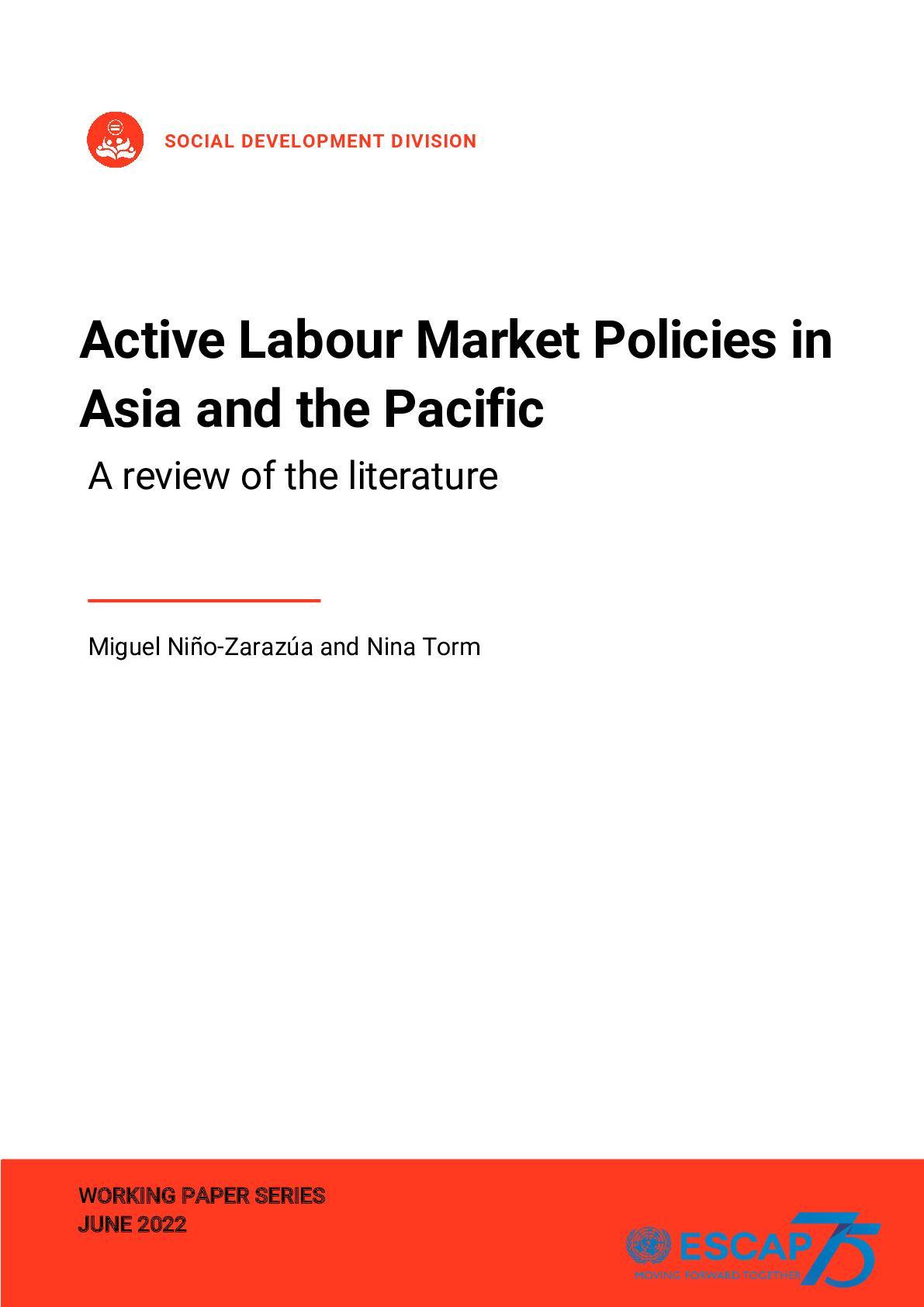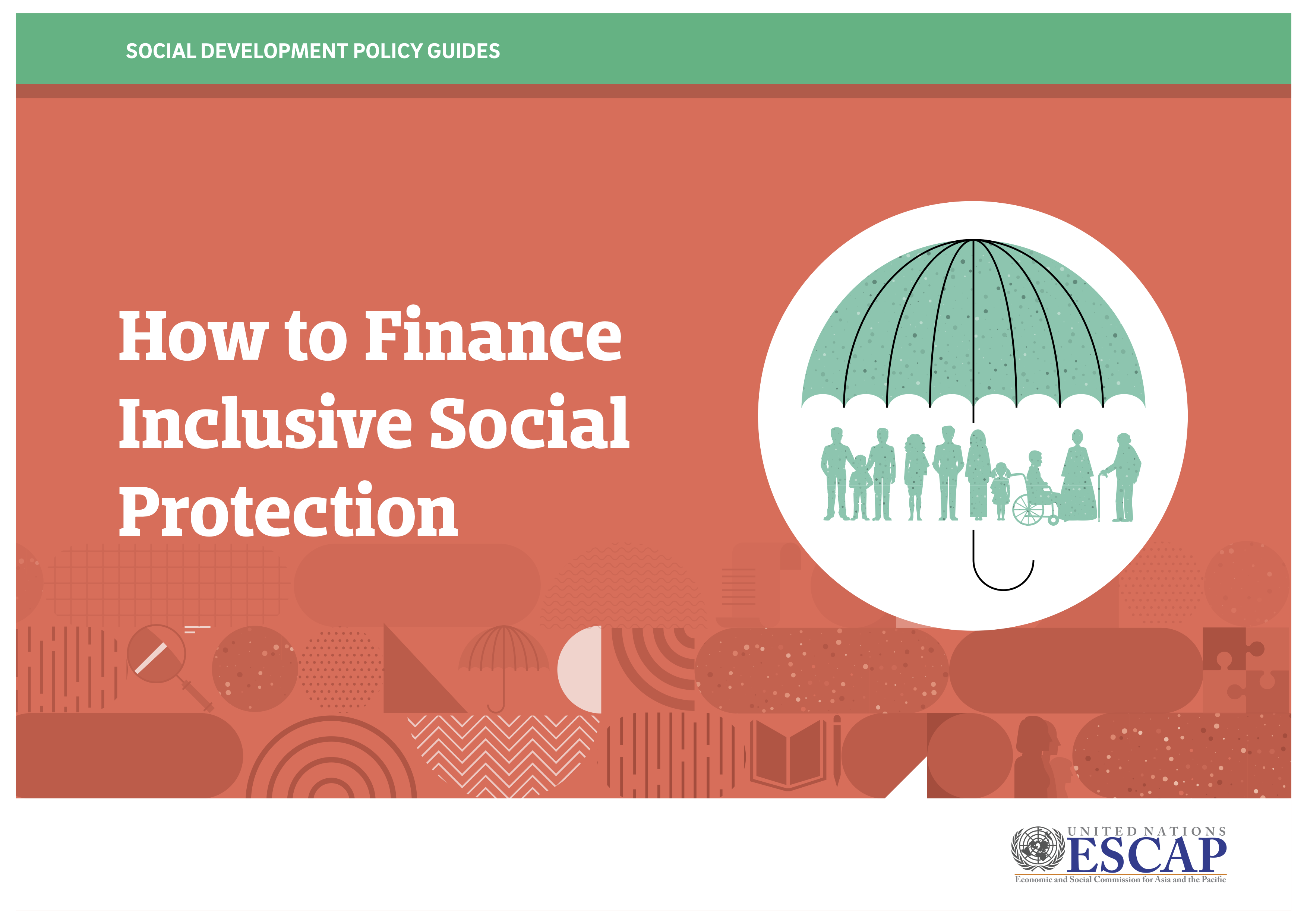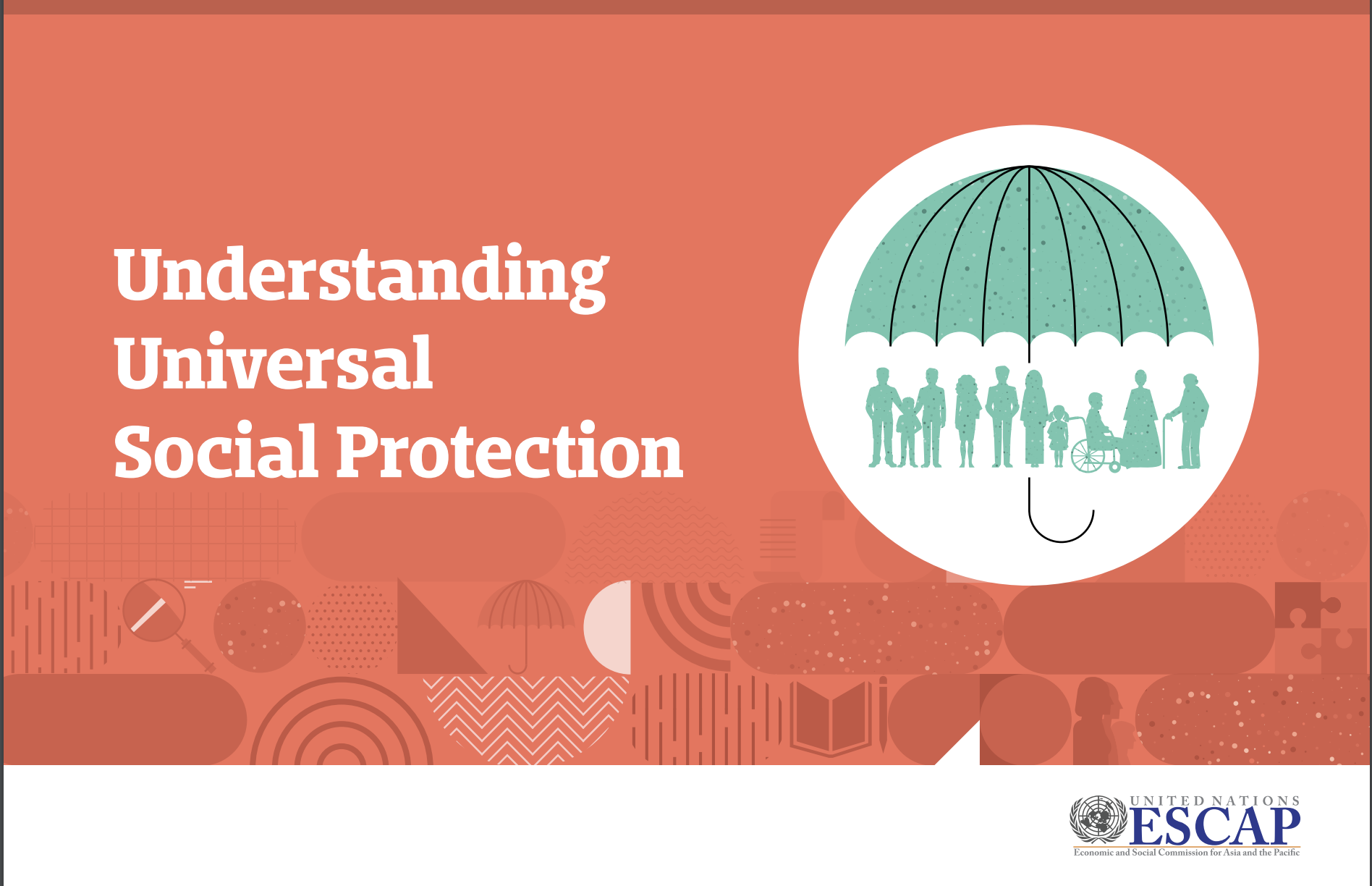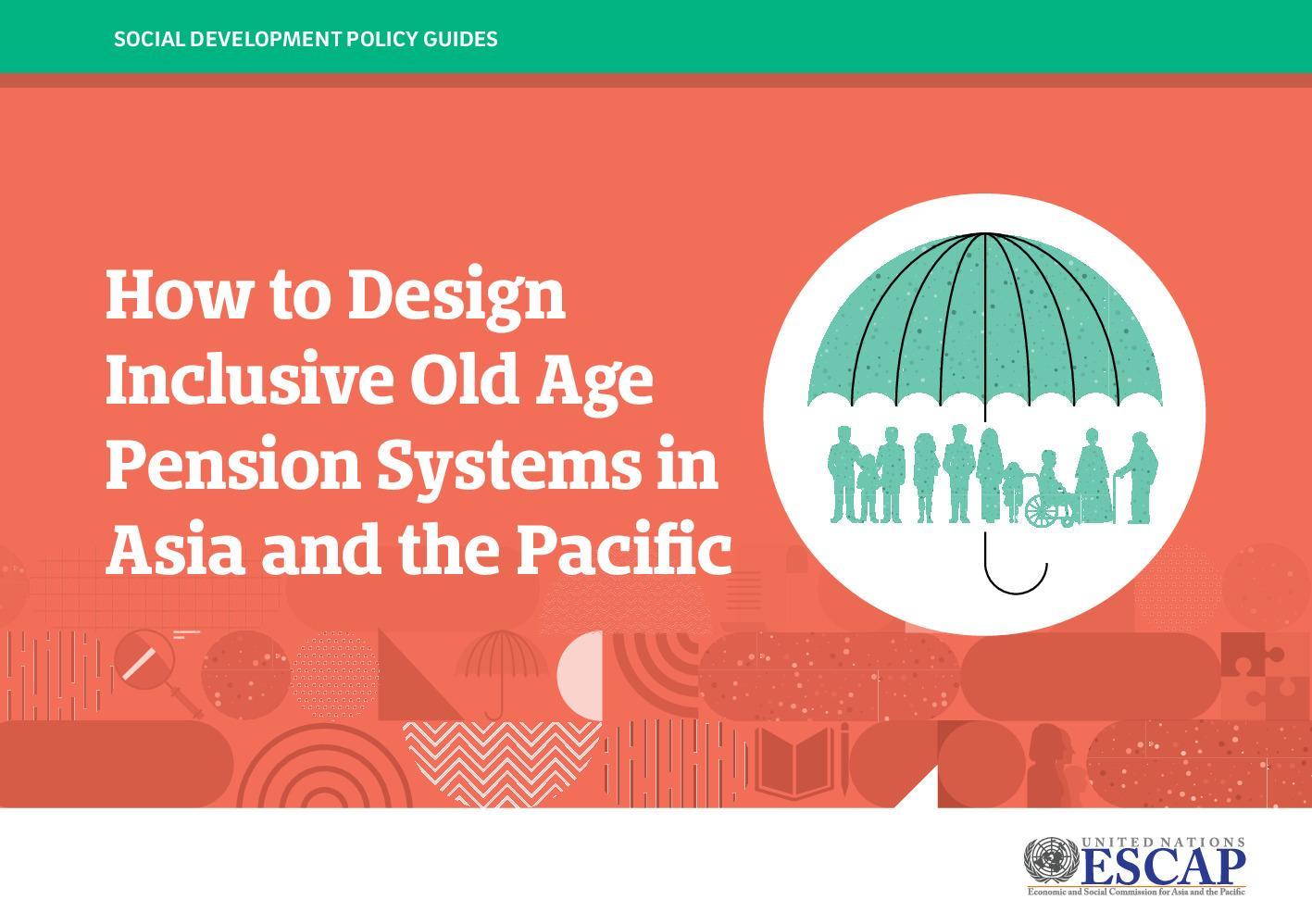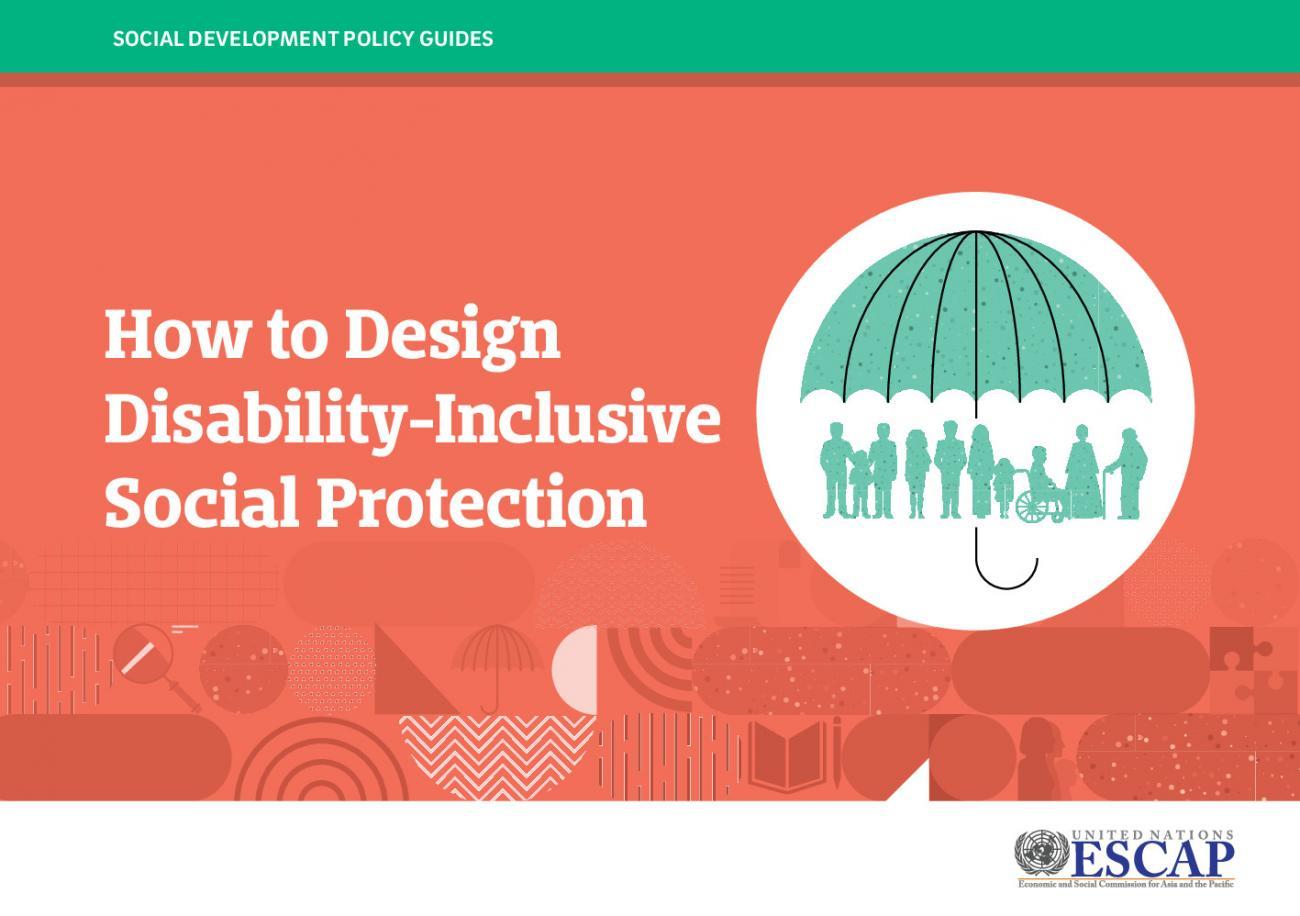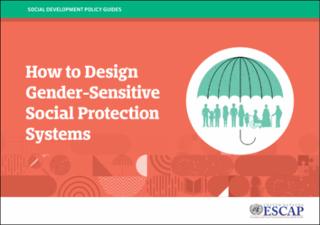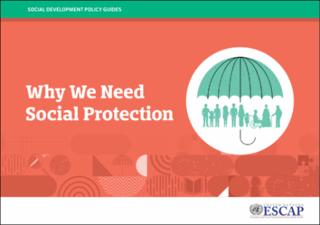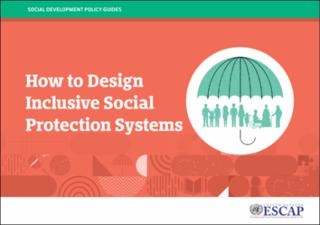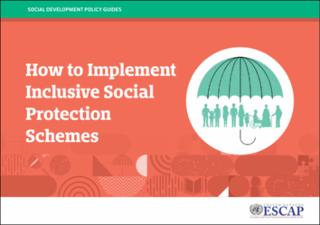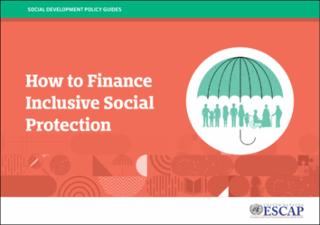Inequality of opportunity in Asia and the Pacific : pandemic preparedness
More from this series
Steps to Inclusive Social Protection Systems
Governments have increasingly recognized social protection as a key policy instrument to build a more productive, protected and healthy population in Asia and the Pacific. In 2020, ESCAP member States endorsed the regional ESCAP Action Plan to Strengthen Regional Cooperation on Social Protection in Asia and the Pacific (ESCAP Action Plan), which serves as a shared vision, strategy and platform for promoting partnership and peer learning and identifying needs for capacity development. At the national level, the ESCAP Action Plan calls on countries to establish an intermediate target of social protection coverage by 2025, and then measure progress towards achieving universal coverage by 2030. To achieve this objective, the ESCAP Action Plan lays out 12 measures to be taken at the national level. Social protection has been identified as an enabler for implementing the 2030 Agenda. To achieve the Sustainable Development Goals and deliver on the commitments contained therein, most countries in the region need to step up their efforts to build sustainable and reliable social protection systems. For this purpose, the ESCAP Action Plan and its national actions will be helpful for countries in furthering their inclusive social protection agenda. To support member States in the implementation of this first ever regional Action Plan, ESCAP has been mandated to develop a regional platform to facilitate peer learning and enhance the knowledge and awareness of member States to implement the ESCAP Action Plan. The Steps to Inclusive Social Protection Systems sets out 12 milestones for developing an integrated and sustainable social protection system, aligned with the ESCAP Action Plan,1 that has the buy-in of key actors, guarantees the right to social protection for all, addresses gaps in current social protection systems, identifies solutions to support sustainable financing, removes inefficiencies and fragmentation in delivery and administration, and responds to shocks more efficiently and effectively.
